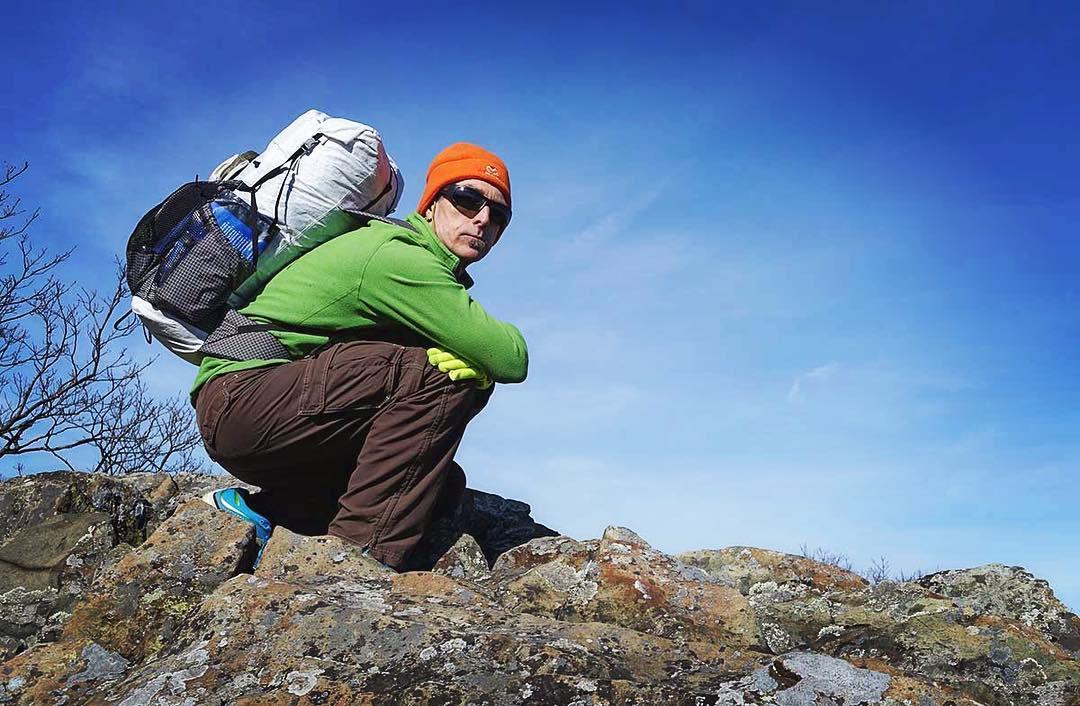Scary stories about people getting lost in the wilderness seem to be in the news daily.
Sometimes the outcome is not as happy as this mother-daughter New Zealand escapade. Sadly, the reporters typically focus on the dramatic side of the story, never offering ways to prevent getting lost in the first place. Reading between the lines highlights how easily the New Zealand ordeal could have been avoided with a little more preparation. Please don’t let their story deter you from getting outside, especially on our National Forests.
These simple tips will help keep your adventures safe and awesome:
First-aid. Always bring a first-aid kit. For even better prep, take a wilderness first-aid course.
Navigation. Bring a GPS unit and know how to use it. You can often use your phone with map apps even without cell reception. Always bring a map and compass as a backup for when your phone or GPS unit fails. Know how to use them to locate your position and travel cross-country. Practice in safe settings, such as a park, and when conditions are more challenging, e.g., whiteout, snowing and/or raining.

Photo by adventurealan.com
Food. Bring extra food, and bring something substantial! You’ll burn lot of calories in the wilderness. This can be long-lasting lightweight stuff such as jerky or even 1-2 freeze-dried meals (you can still reconstitute them even with cold water).
Shelter and Fire. Bring an emergency shelter. Here is one that weights little and is cheap. Add a simple fire-starter kit to your first-aid kit. All you need is tinder and a sparker. Practice starting fires where it is allowed and safe. Specifically, NOT in California forests in the middle of July!

Emergency gear. Always carry a headlamp and a small folding knife. There are many bright headlamps that weigh an ounce or less, and there are plenty of very lightweight knives as well. Add a couple a bottle of water purifying tabs, such as Aquamira. Buy a SPOT or other emergency satellite beacon for extra “insurance”. Package your emergency supplies in a stuff-sack so it is ready to go when you are. Don’t forget spare batteries!
Keep your cool. This is where the New Zealand lost mom shined! In many cases keeping positive and cool was the most important reason that people survived an unforeseen emergency.

Photo by adventurealan.com
It can be easy to skip these supplies when headed out for a day hike, but that’s no reason to leave them at home. Day trips can turn into emergencies just as often as longer trips. None of these items weigh much or take a lot of room in your pack, so just bring them each time you go out. Check out www.adventurealan.com for more tips and recommendations on lightweight gear. I stash a first-aid, compass, extra batteries, water tablets, fire-starter and shelter in my day pack and my overnight pack. That way I have what I need each time I go out. It may cost a bit to have these redundancies, but an extra $50 to have two basic kits is WAY cheaper than an evacuation and way less painful than spending a cold, hungry night out.
Most importantly, get out and stay safe!

